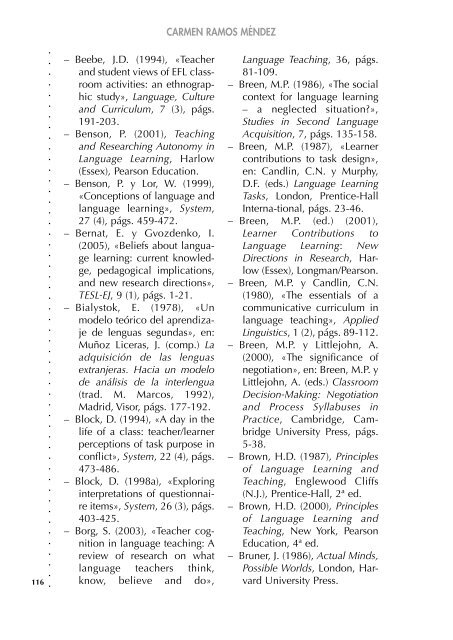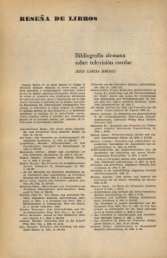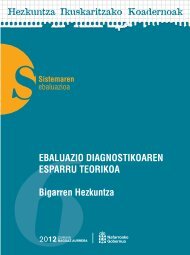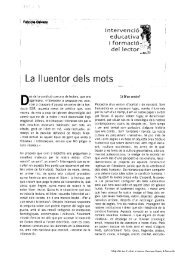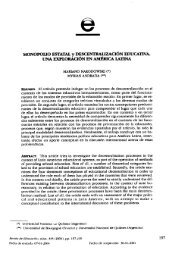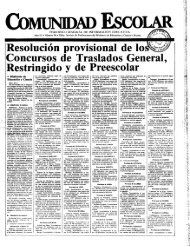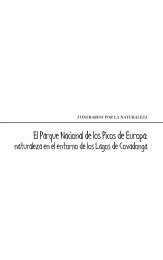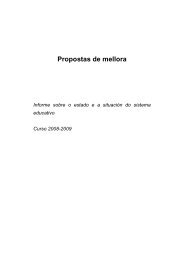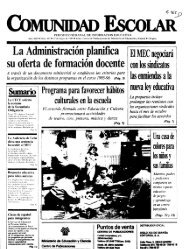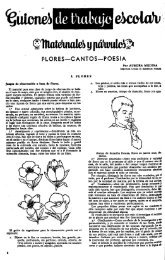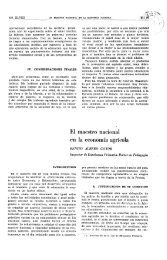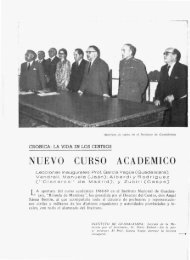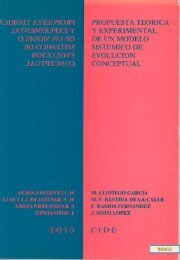dimensiones individuales y culturales
dimensiones individuales y culturales
dimensiones individuales y culturales
Create successful ePaper yourself
Turn your PDF publications into a flip-book with our unique Google optimized e-Paper software.
.<br />
.<br />
.<br />
.<br />
.<br />
.<br />
.<br />
.<br />
.<br />
.<br />
.<br />
.<br />
.<br />
.<br />
.<br />
.<br />
.<br />
.<br />
.<br />
.<br />
.<br />
.<br />
.<br />
.<br />
.<br />
.<br />
.<br />
.<br />
.<br />
.<br />
.<br />
.<br />
.<br />
.<br />
.<br />
.<br />
.<br />
.<br />
.<br />
.<br />
.<br />
.<br />
.<br />
.<br />
.<br />
.<br />
.<br />
.<br />
.<br />
.<br />
116 .<br />
– Beebe, J.D. (1994), «Teacher<br />
and student views of EFL classroom<br />
activities: an ethnographic<br />
study», Language, Culture<br />
and Curriculum, 7 (3), págs.<br />
191-203.<br />
– Benson, P. (2001), Teaching<br />
and Researching Autonomy in<br />
Language Learning, Harlow<br />
(Essex), Pearson Education.<br />
– Benson, P. y Lor, W. (1999),<br />
«Conceptions of language and<br />
language learning», System,<br />
27 (4), págs. 459-472.<br />
– Bernat, E. y Gvozdenko, I.<br />
(2005), «Beliefs about language<br />
learning: current knowledge,<br />
pedagogical implications,<br />
and new research directions»,<br />
TESL-EJ, 9 (1), págs. 1-21.<br />
– Bialystok, E. (1978), «Un<br />
modelo teórico del aprendizaje<br />
de lenguas segundas», en:<br />
Muñoz Liceras, J. (comp.) La<br />
adquisición de las lenguas<br />
extranjeras. Hacia un modelo<br />
de análisis de la interlengua<br />
(trad. M. Marcos, 1992),<br />
Madrid, Visor, págs. 177-192.<br />
– Block, D. (1994), «A day in the<br />
life of a class: teacher/learner<br />
perceptions of task purpose in<br />
conflict», System, 22 (4), págs.<br />
473-486.<br />
– Block, D. (1998a), «Exploring<br />
interpretations of questionnaire<br />
items», System, 26 (3), págs.<br />
403-425.<br />
– Borg, S. (2003), «Teacher cognition<br />
in language teaching: A<br />
review of research on what<br />
language teachers think,<br />
know, believe and do»,<br />
CARMEN RAMOS MÉNDEZ<br />
Language Teaching, 36, págs.<br />
81-109.<br />
– Breen, M.P. (1986), «The social<br />
context for language learning<br />
– a neglected situation?»,<br />
Studies in Second Language<br />
Acquisition, 7, págs. 135-158.<br />
– Breen, M.P. (1987), «Learner<br />
contributions to task design»,<br />
en: Candlin, C.N. y Murphy,<br />
D.F. (eds.) Language Learning<br />
Tasks, London, Prentice-Hall<br />
Interna-tional, págs. 23-46.<br />
– Breen, M.P. (ed.) (2001),<br />
Learner Contributions to<br />
Language Learning: New<br />
Directions in Research, Harlow<br />
(Essex), Longman/Pearson.<br />
– Breen, M.P. y Candlin, C.N.<br />
(1980), «The essentials of a<br />
communicative curriculum in<br />
language teaching», Applied<br />
Linguistics, 1 (2), págs. 89-112.<br />
– Breen, M.P. y Littlejohn, A.<br />
(2000), «The significance of<br />
negotiation», en: Breen, M.P. y<br />
Littlejohn, A. (eds.) Classroom<br />
Decision-Making: Negotiation<br />
and Process Syllabuses in<br />
Practice, Cambridge, Cambridge<br />
University Press, págs.<br />
5-38.<br />
– Brown, H.D. (1987), Principles<br />
of Language Learning and<br />
Teaching, Englewood Cliffs<br />
(N.J.), Prentice-Hall, 2ª ed.<br />
– Brown, H.D. (2000), Principles<br />
of Language Learning and<br />
Teaching, New York, Pearson<br />
Education, 4ª ed.<br />
– Bruner, J. (1986), Actual Minds,<br />
Possible Worlds, London, Harvard<br />
University Press.


